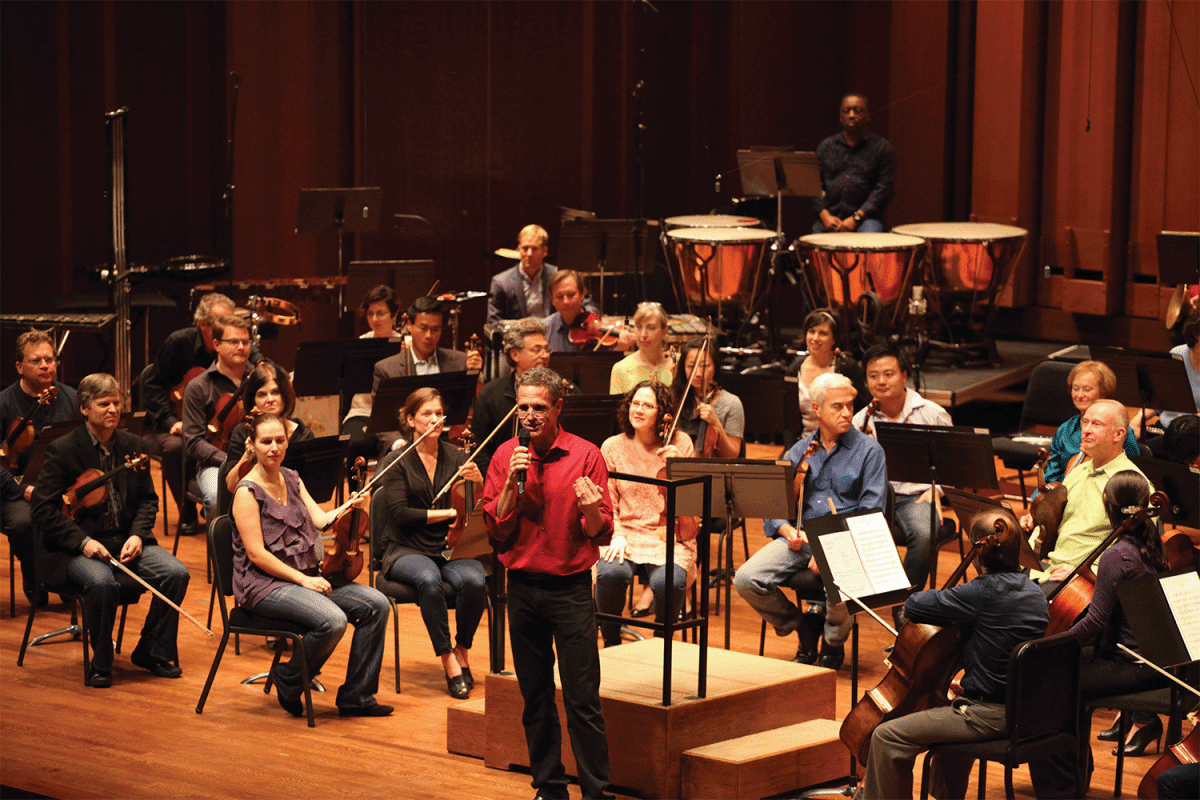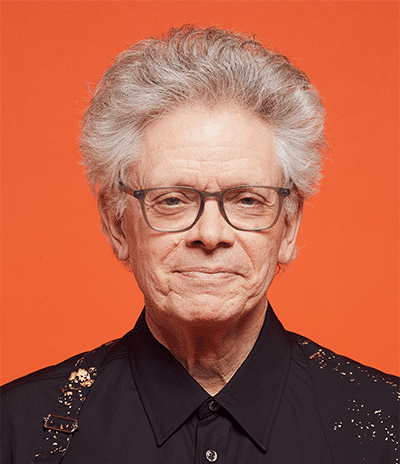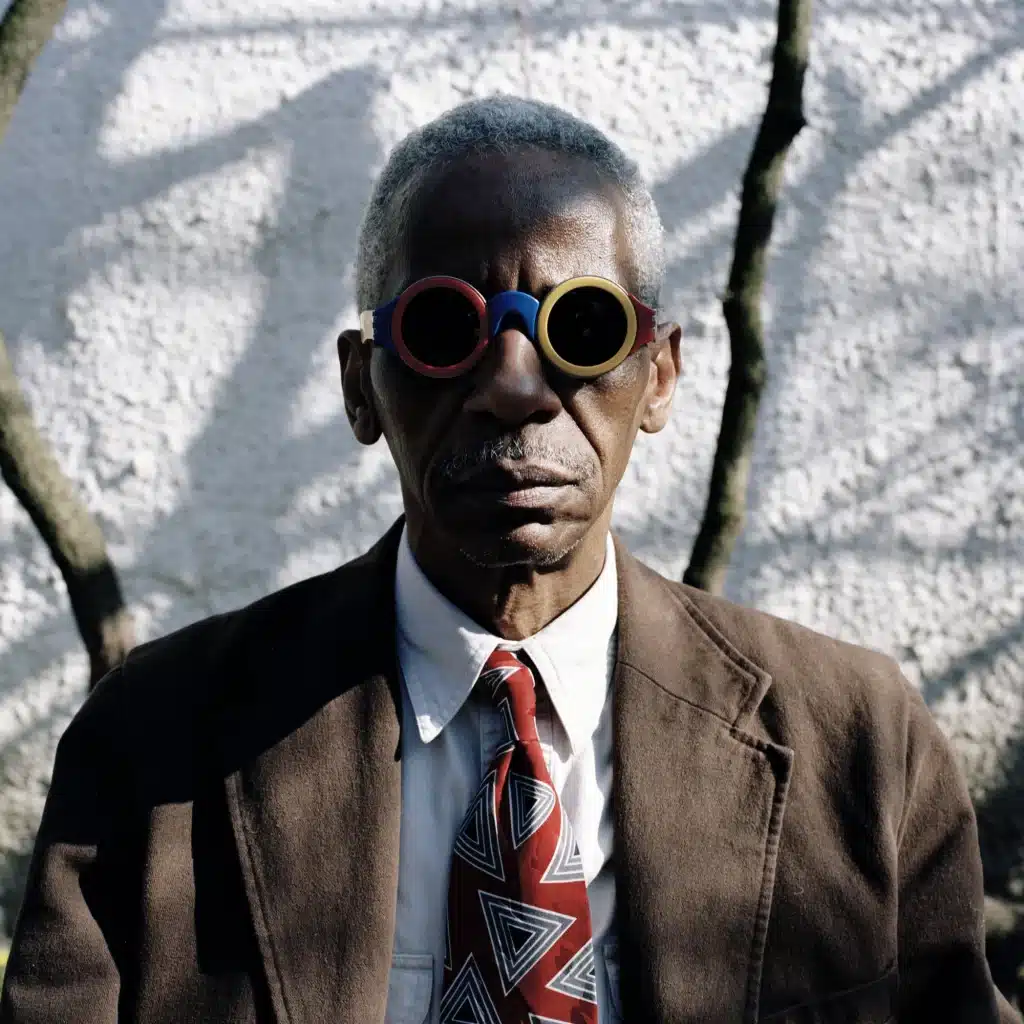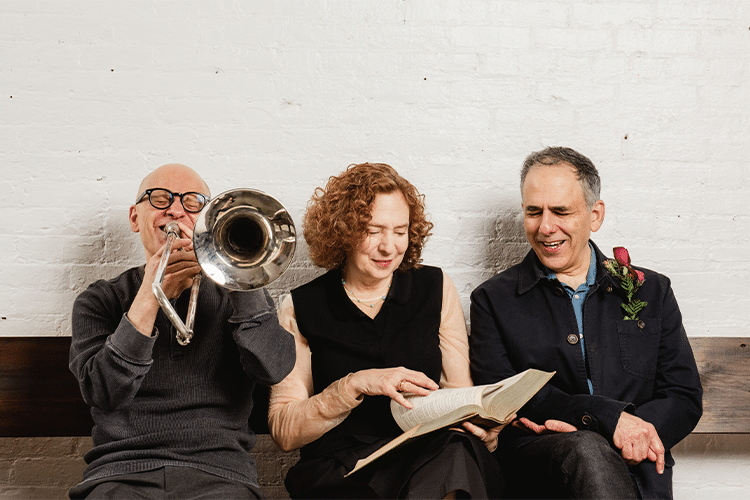Aiming for New Audiences
The recent study, In Search of the Magic Bullet, analyzes the Wallace Foundation’s five-year effort to help arts organizations lure fresh faces to their performing arts presentations.

The Wallace Foundation’s Building Audiences for Sustainability (BAS) initiative was a landmark effort in the performing arts industry. Between 2015 and 2019, the New York- based funder awarded nearly $41 million to 25 large nonprofit organizations, in support of individual strategies aimed at bringing new faces through their doors. The goal: To determine if targeted audience-building efforts could provide a path to long-term financial stability.
The recipients were diverse, from symphonies orchestras to ballet troupes to theater and opera companies. Their subsequent efforts aimed to draw audiences from a variety of demographics and communities. Some organizations hoped to expand their offerings to appeal to younger crowds, others wanted to attract more racially or ethnically diverse clientele, and still others targeted fresh ticket buyers for especially adventurous or offbeat works.
It was a comprehensive, well-planned, and closely tracked effort, implemented across our country’s cultural landscape. Did it find the solutions we’ve all been looking for? The answer lies somewhere between “yes” and “no.” Or as the follow- up study, released in February, In Search of the Magic Bullet explains: not exactly as planned.
The study, which involved extensive interviews and data tracking, found that all of the organizations did lure at least some of the customers they desired. Yet, as report author Francie Ostrower’s summary bluntly puts it: these changes “were often more modest than initially hoped-for gains, and did not result in an overall growth in attendance,” at least in the short term.
The sobering takeaway: There is no “magic bullet” for expanding audiences in today’s performing arts market.

On the plus side, there were artistic successes, as organizations developed enhanced and supplemental programming to meet the demand they desired. These presenters adopted new and varied ways to promote themselves and engaged with audience segments that had previously stayed away or been hard to reach. In many cases, they were inspired to support novel and more inclusive art, and presented these works for people they did not already know. These activities all generated valuable lessons for arts professionals working in virtually any market.
But there were also unexpected and stubborn challenges. Converting new attendees to loyal subscribers remained largely an elusive goal, as new attendees were also by and large infrequent attendees, enticed by special incentives or programs. The presenting organizations also found that the costs associated with bringing in these new faces were substantial and broadly dependent on philanthropic support. In other words, even when organizations succeeded in diversifying their attendance, their bottom lines remained essentially unchanged.
Among the roadblocks the BAS initiative helped its cohort to examine and address were: marketing and programming efforts that reflected incorrect assumptions about what unfamiliar audiences wanted; a lack of access to or the means to create useful data; and, often, a resistance to change internal goals and organizational systems in ways that truly accommodated new audiences.
The report, commissioned by the Wallace Foundation and available online simply by searching for its title, In Search of the Magic Bullet—is a fascinating read for any arts professional.
I asked Ostrower—who led this research as part of her work at the LBJ School of Public Affairs and College of Fine Arts at The University of Texas at Austin—to lend perspective to some of its major findings, as well as to consider what smaller organizations can learn from the experiences of their larger peers and how the pandemic may have affected the report’s conclusions.
Ray Rinaldi: If this report brings some bad news—there is no “magic bullet”—does it also carry good news?
Francie Ostrower: It’s true that neither the initiative nor this study found a “magic bullet” for building audiences. Still, we also find that organizations may indeed expand audiences, but not necessarily on their desired terms. One implication of our study is that if organizations want to change how audiences engage with them, then organizations also need to be open to changing themselves. The additional good news is that we further found that organizations have the ability to make changes that address some key barriers to audience building.
RR: One important conclusion is that organizations got some things wrong about what their target audiences wanted. Can you explain that?
FO: Organizations in the initiative repeatedly realized they had been acting on unexamined and unfounded assumptions that hurt their ability to connect with the very audiences they hoped to reach. In particular, organizations repeatedly found that they were communicating in ways that reflected their values and used language that was meaningful to people in the arts, but that did not resonate with the audiences they were trying to reach. As well, organizations sometimes made assumptions about artistic tastes and preferences based on audience demo- graphics, such as age, that proved to be unfounded. An overarching implication of the study’s findings is that these unexamined assumptions exist and need to be recognized and addressed. Otherwise, organizations risk talking past, instead of speaking with, the people they want to reach. The good news here is that this is an area where organizations can change. Engaging with data and soliciting external input helped organizations in this initiative surface and address their taken-for-granted assumptions. For some, advisory groups were also helpful.
RR: Several times in this report, you underscore the value of data. What, specifically, do you mean by that?
FO: Although their individual projects differed, the organizations worked within the initiative’s “continuous learning framework,” which involved an iterative process of project design, analysis, and assessment of changes needed for improvement. Engaging with data was integral to this process. Data provided a valuable source of external feedback. It helped organizations recognize and correct the types of assumptions mentioned earlier, and to make decisions about what approaches to continue or discontinue.
RR: How do arts organizations gather that data?
FO: As part of this initiative, organizations made use of various forms of data and market research, generally including focus groups and post-performance audience surveys, and data from their ticket databases.

RR: The study talks about organizations using digital technologies to reach targeted customers. There is such a difference in terms of those technologies between 2015, when the study began and 2024, when the report was published. In that way, this study maps a crucial social and technological moment. What did you see that worked, as far as using digital technologies?
FO: One message of our findings is that productive audience-building strategies met audiences where they were. Organizations changed their communication vehicles as well as content, particularly by expanding digital communications. For instance, some used social media more, or made websites more mobile- friendly. Some organizations had good experiences using video trailers, notably organizations trying to build audiences for new and unfamiliar work.
RR: One interesting suggestion in your findings is that organizations may have to revise their metric for success when it comes to reaching new audiences. I think you are suggesting that one end goal— converting audiences that show up for targeted programming into customers for regular, or traditional, offerings—did not consistently happen. In your report, one of the study participants sums that up as the “old myth of the long, slow escalator.” How can an organization work on these goals?
FO: Sometimes organizations tried audience-building approaches that did not achieve the organization’s intended outcomes—but those organizations came to value what they did achieve. A case in point was programming created as part of “crossover strategies.” Crossover strategies involved offering special programming intended to attract an organization’s target audience (e.g., millennials), in the hopes that audience would go on to attend the organizations’ main programs. Most organizations tried this strategy but did not see the hoped-for crossover. Yet some decided the special programming was still valuable for attracting new audiences and diversifying artistic offerings.
RR: Those types of audience building, according to your study, don’t necessarily increase revenue; and in fact, you report that creating separate programming to attract new audiences requires outside financial support that is not always self- sustaining. Earned revenue is always the dream. But in these cases, is it a realistic dream?
FO: Target-audience gains were not associated with increased ticket or organizational revenue (or assets). In fact, some target audiences (for instance, younger audiences) were financially disadvantageous relative to other audiences, at least in the short-term, because they attended less often and/or spent less on tickets. An implication of our findings is that organizations should recognize that some audience-building efforts will require financial subsidy, while serving other mission-related needs not connected to generating funds.
RR: Well, the pandemic happened. How did that affect the findings of your study?
FO: The Building Audiences for Sustainability initiative ended in 2019. Within months after, performing arts organizations around the country were shuttered by the global pandemic. Our third round of interviews with organizational staff and leaders was originally intended for 2020. Due to the pandemic, that third round was delayed, to 2021 and 2022. However, this delay meant that we had a chance to understand the ongoing relevance of varied strategies for organizations after pandemic re-openings.
RR: You have been clear that this study focused on big organizations. Can you offer advice on how small organizations might use this information, too?
FO: As the report emphasizes, we should not assume that findings for the types of organizations in this study necessarily apply to other types of organizations. That said, there are examples of practices that organizations might find helpful more widely: To examine taken-for- granted organizational assumptions and expectations, revising them as needed. And, to seek external input to better connect with those you wish to reach.



